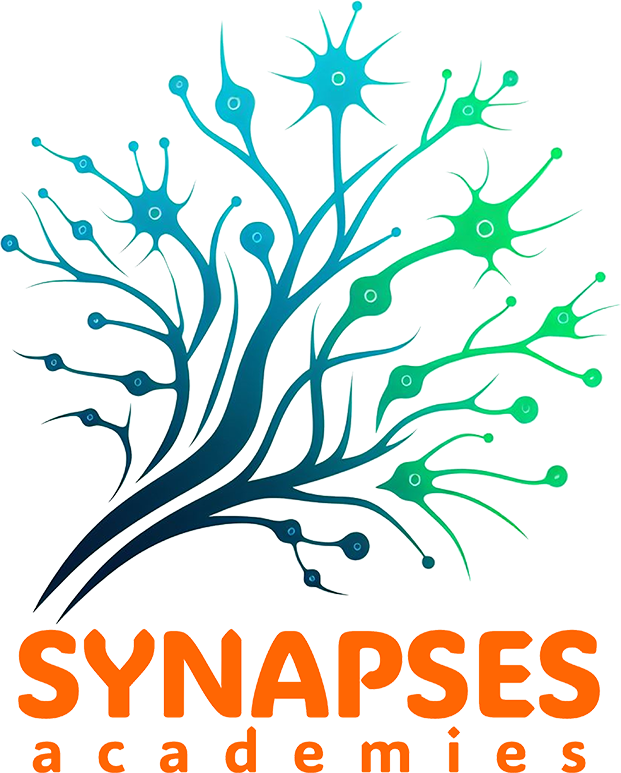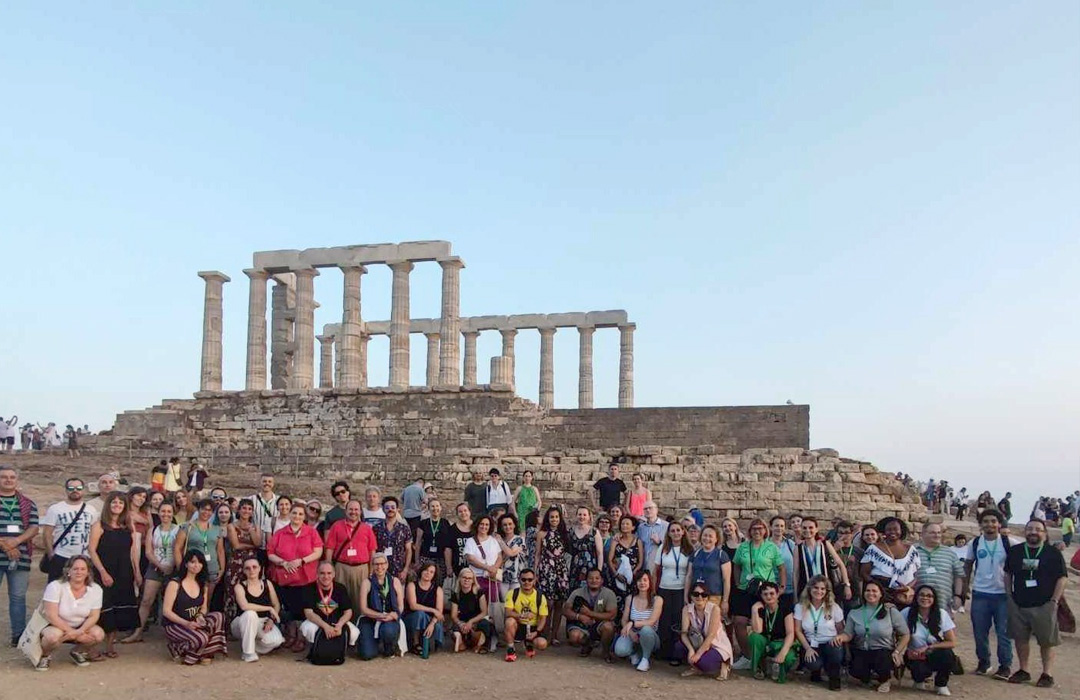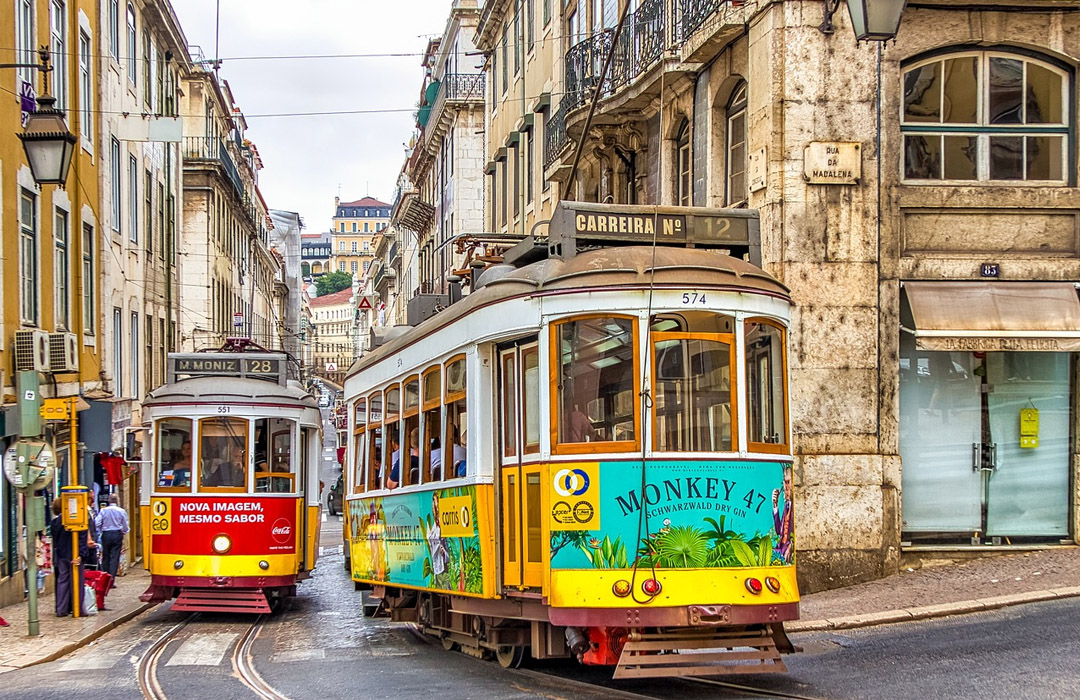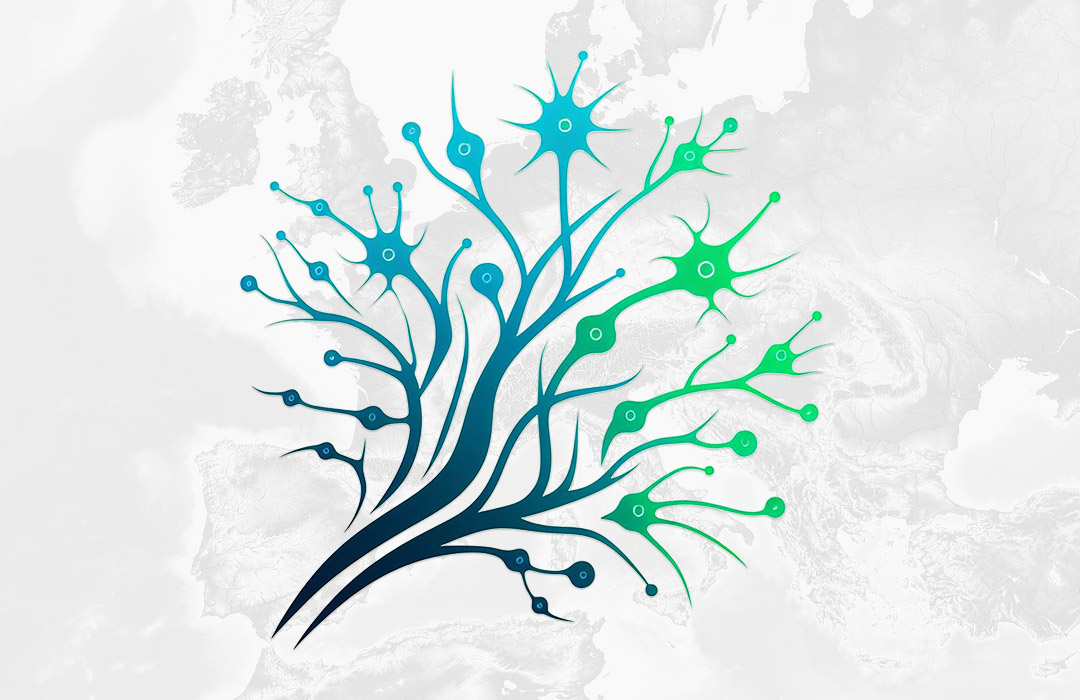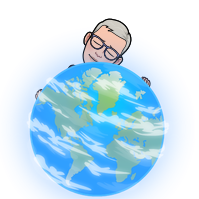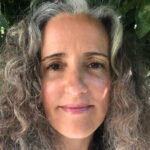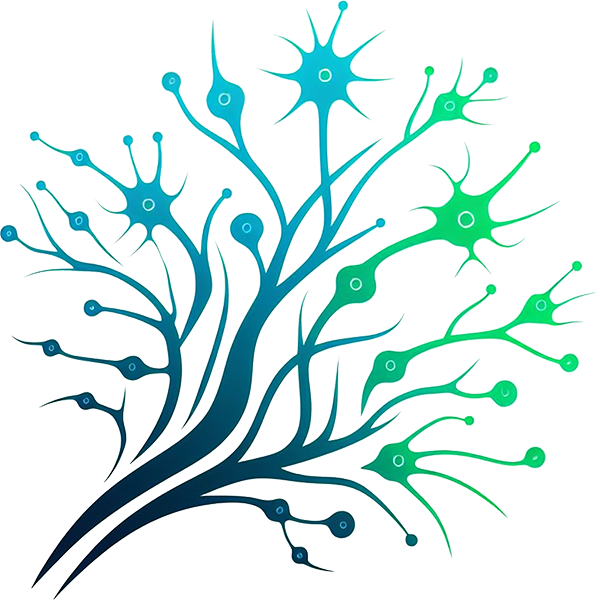
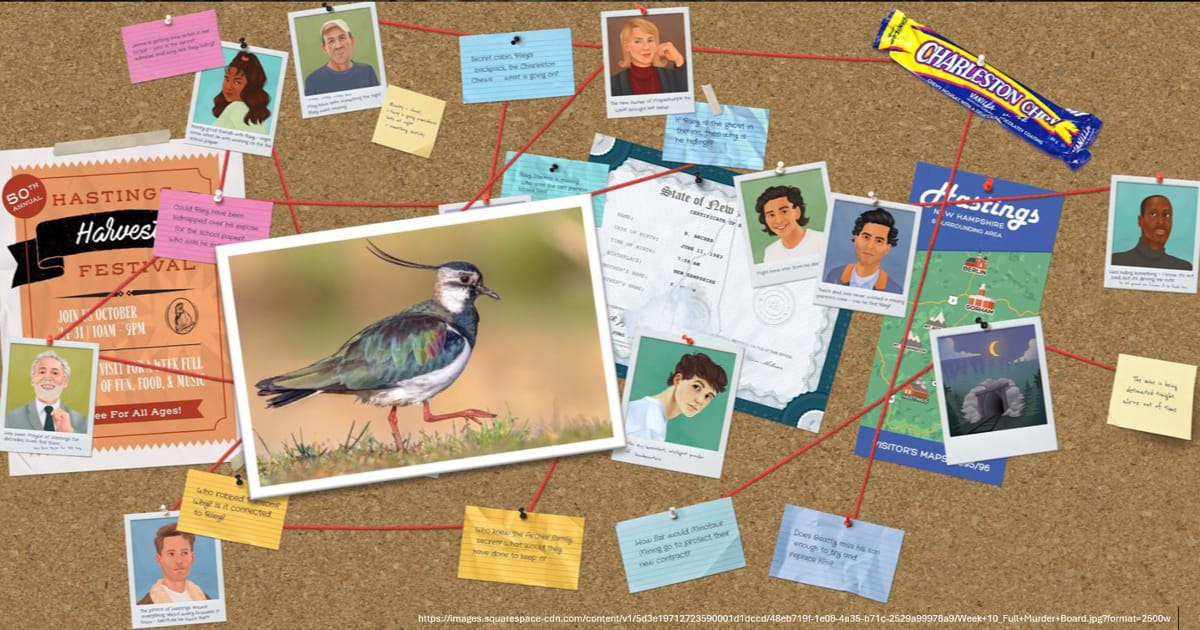
The “Lapwing” resource uses the Mystery Method to engage students in exploring the decline of lapwing populations. Through inquiry-based learning, students analyze ecological, social, and economic factors, fostering critical thinking, teamwork, and environmental awareness, while highlighting the human impact on biodiversity and the importance of sustainable solutions.
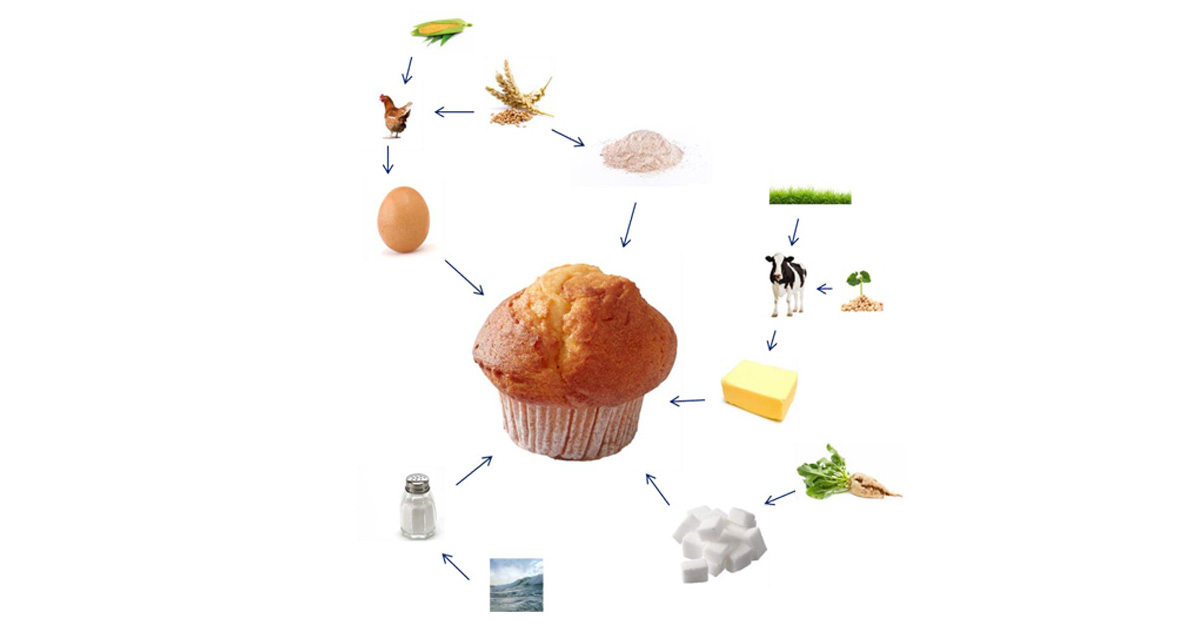
This activity engages students in baking cupcakes while analyzing the sustainability of key ingredients like cacao, vanilla, blueberries, or honey. Each group investigates their ingredient’s impact on people, planet, and prosperity, fostering awareness of environmental, social, and economic sustainability. Students then summarize their findings, connecting food choices to global sustainability.
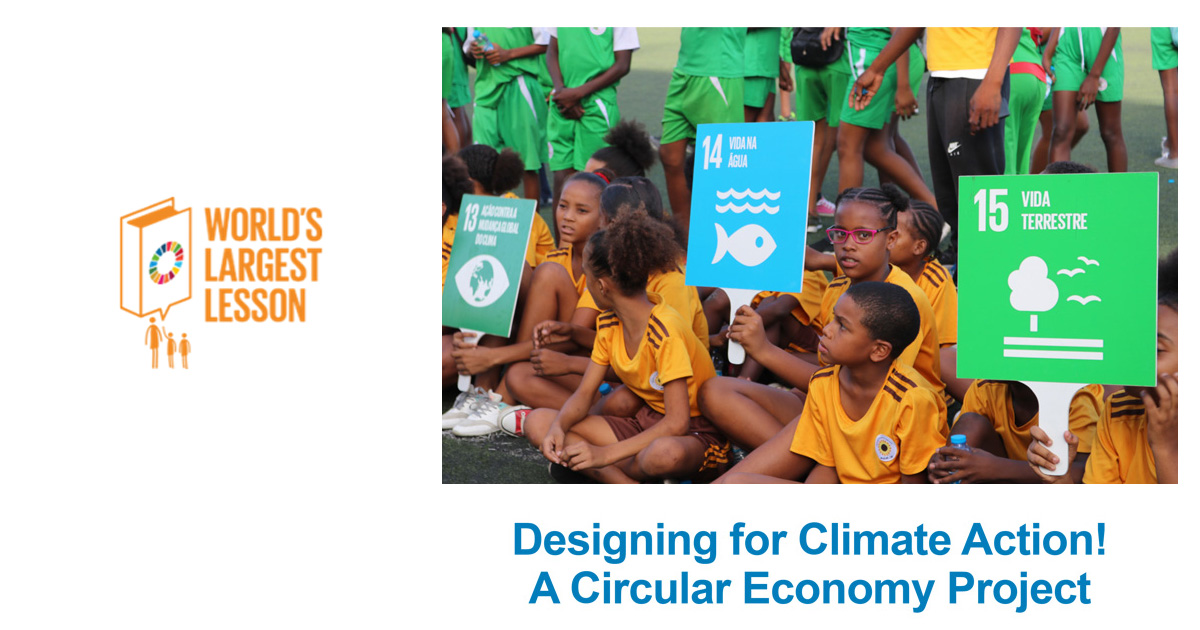
Designing for Climate Action is a Circular Economy Project resource that provides activities with resources and teacher slides to deliver a Design Thinking Project.
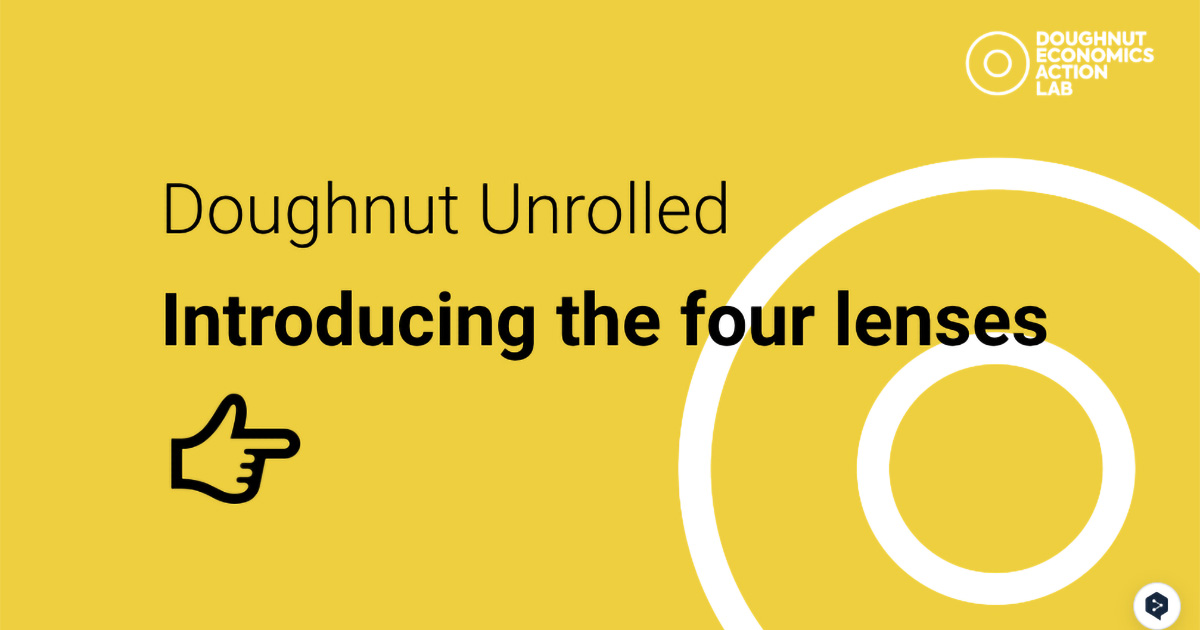
Doughnut Unrolled is an introduction to the concept of Doughnut Economics. It takes us from the Doughnut to four ‘lenses’ that invite you to look at the interplay between local aspirations and global responsibilities in your place – both socially and ecologically – and identify possible entry points for transformative action.
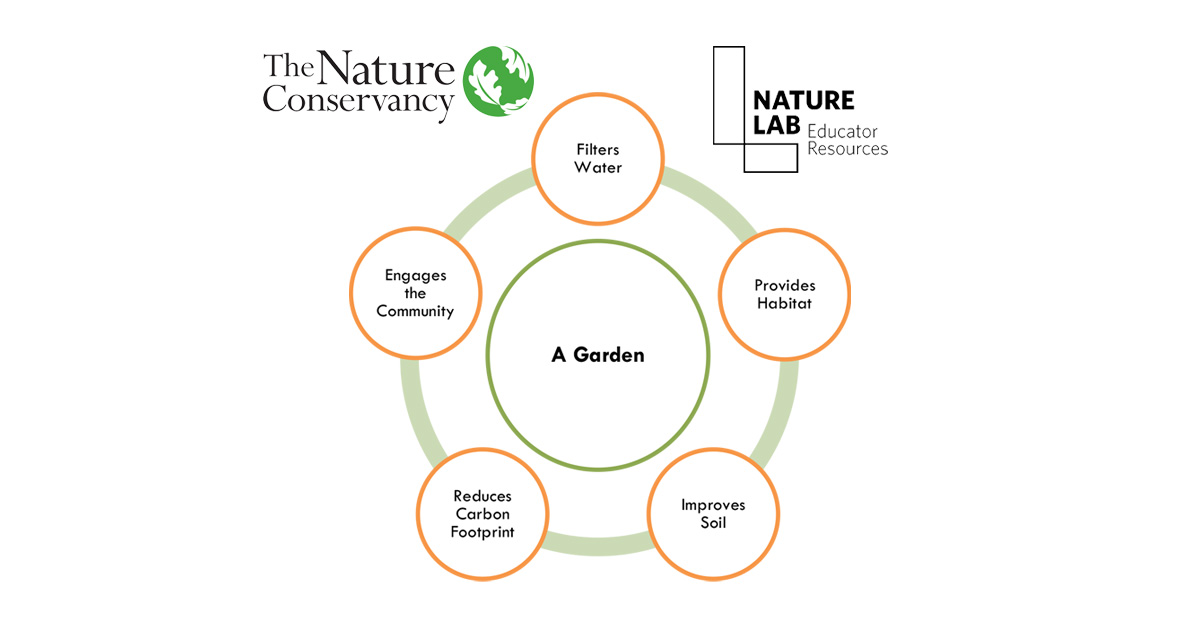
The purpose of this activity guide is to teach students the ecological functions found in any natural system and model how these functions are performed by a natural area like a garden.
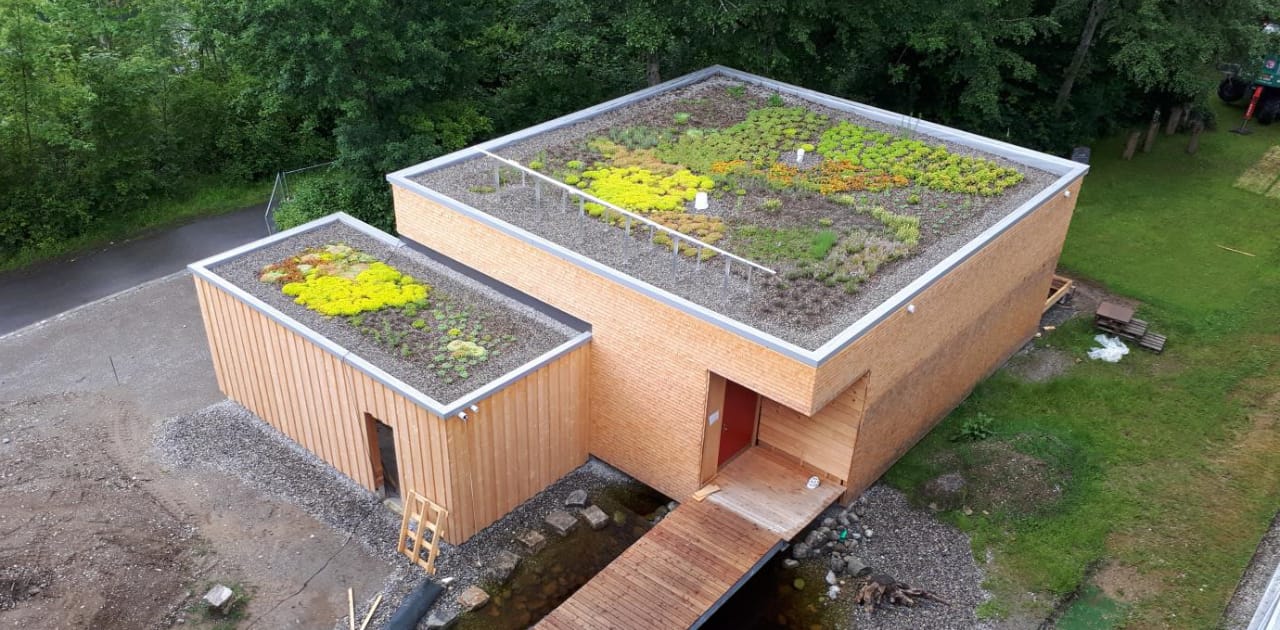
Sustainable, energy-efficient, self-built – that’s three words to describe ‘The Energy House’ in the school garden at Isny High School. See how a motivated teacher and his students planned and constructed a building that is as sustainable and energy-efficient as possible.
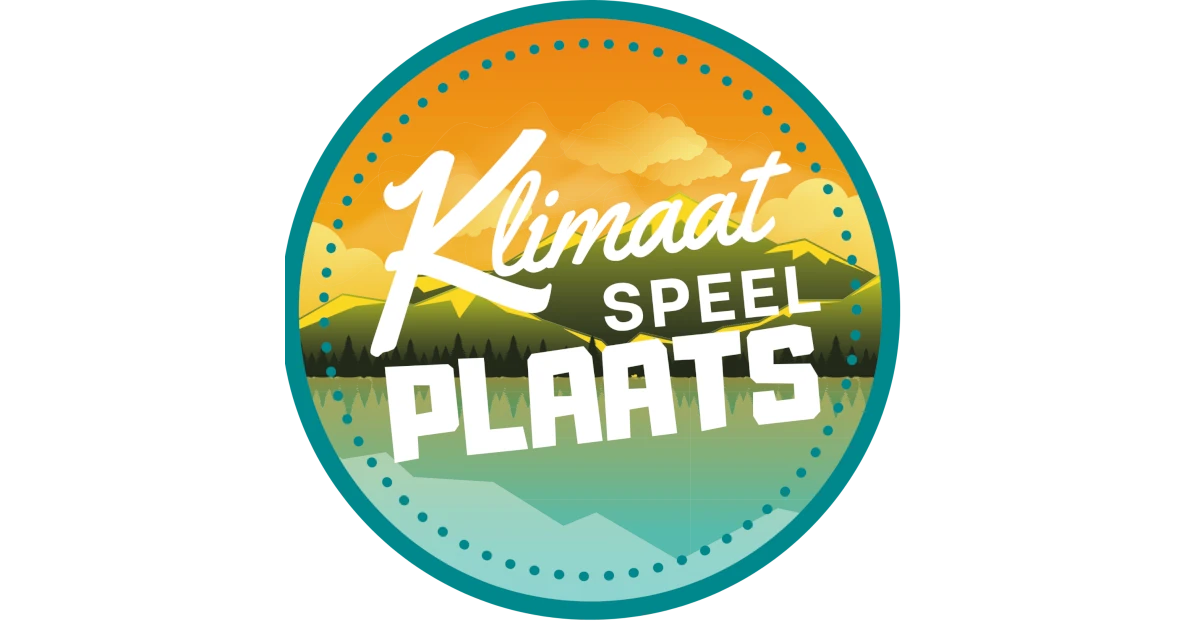
Climate playground is an Erasmus+ project executed by the Sint-Paulus school and partners in Belgium. The school transformed from a tiled, grey playground with little greenery into a ‘climate-adaptive’ school ground. On the website, they showcase what they have done and give practical tips for how others can implement this.
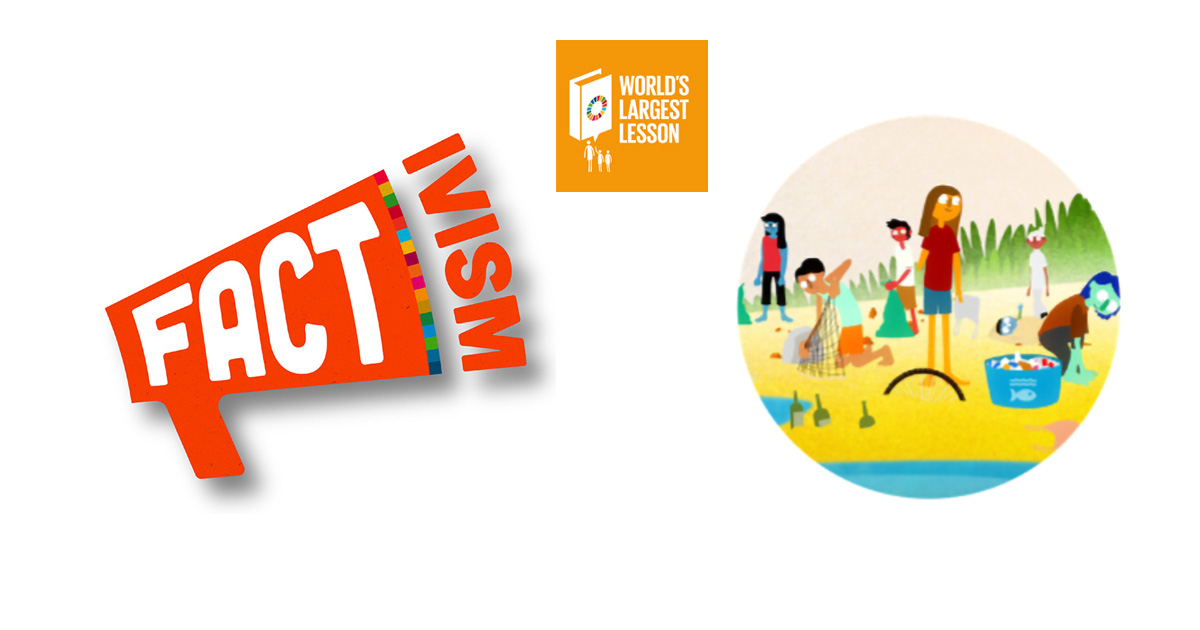
Students learn about data and pick a data point that inspires them to take action for the UN SDGs.The resource sets out to use the Global Goals as a catalyst for students in identifying a local community issue that they want to help solve, and create an action plan to get started.
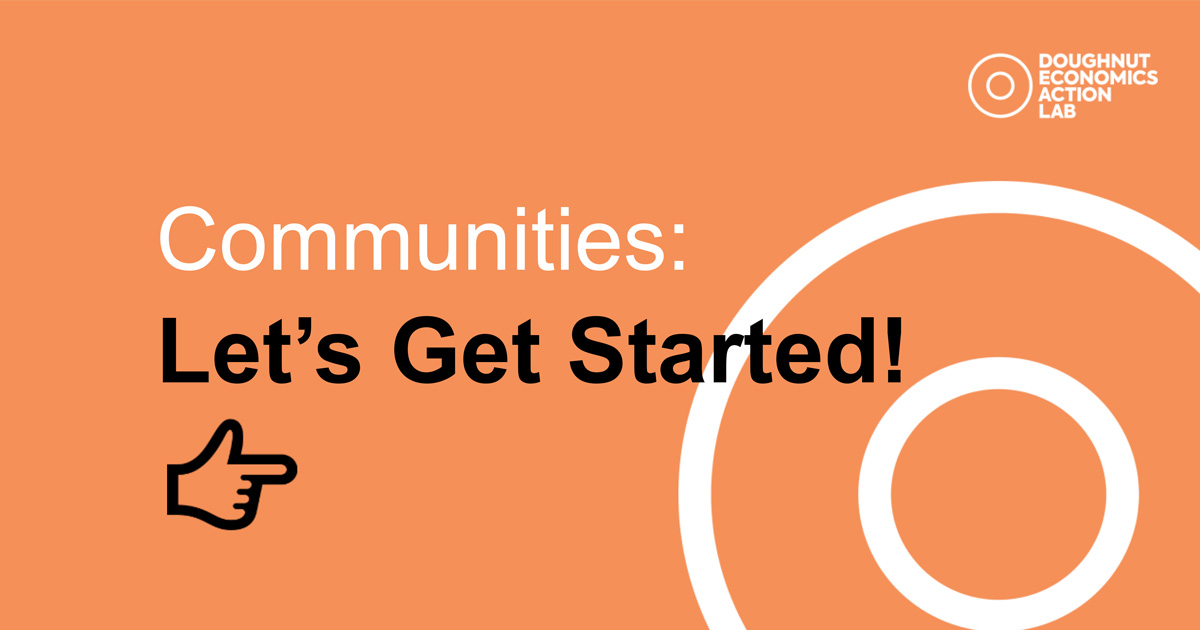
Let’s Get Started is a collection of tools & stories to apply the ideas of Doughnut Economics to your community.
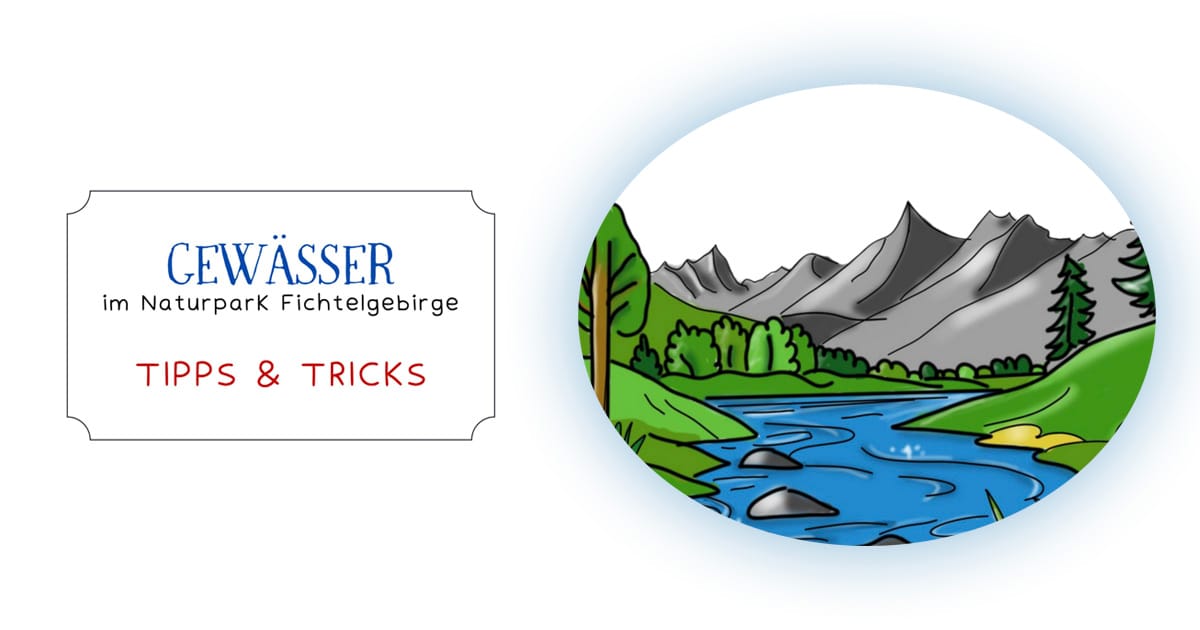
During an educational visit to a local water body near their schools, students gain firsthand experience and knowledge about the characteristics of watercourses, their ecological significance, and the reasons why protecting them is especially crucial in natural spring regions.
Lessons were created using the Fichtelgebirge as an example.



